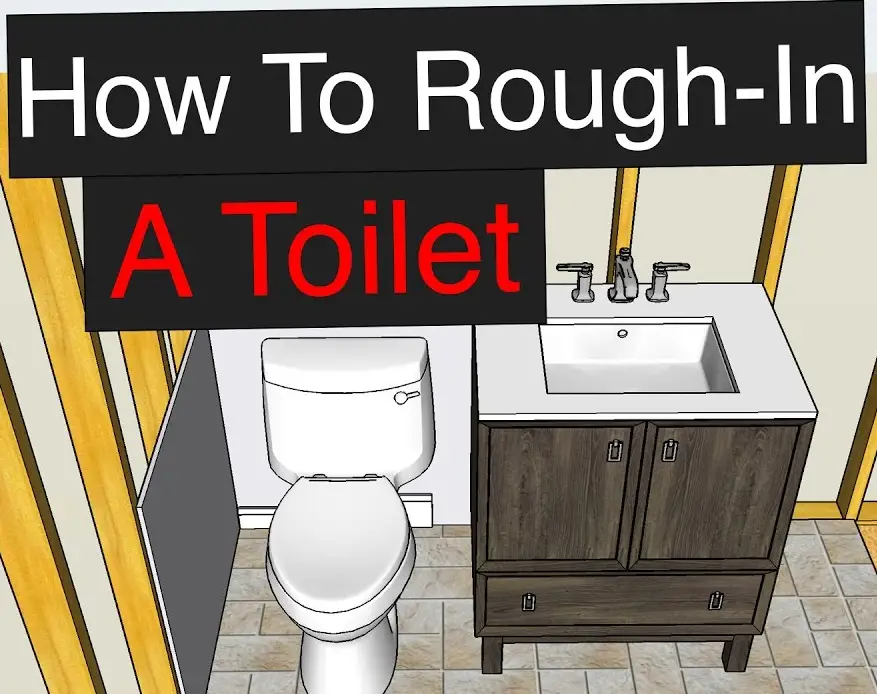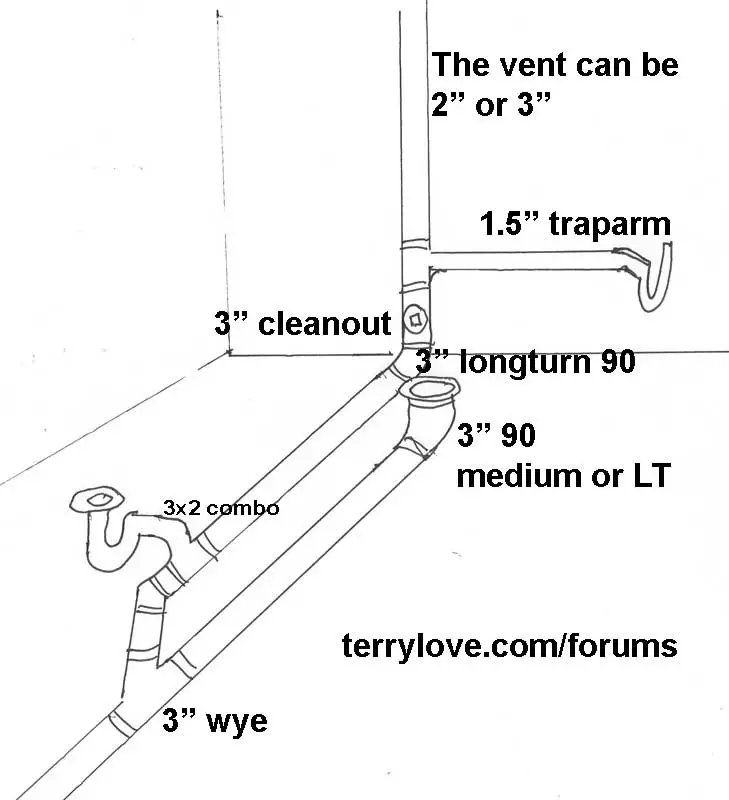How to Install a Toilet in a Basement with a Rough In Pipe

If your bathroom has existing roughed in sewage and water supply, it is not to difficult to add a toilet. This can be great if you want to use your basement as another living area.
Installing a toilet into rough in pipes in the basement will require making sure the pipes are cut to size. Then, flanges and shutoff valves will need to be installed for the drain and supply, respectively. Then, install the toilet.
Rough in pipes are essentially unfinished plumbing outlets. They are fully ready to use but have nothing attached to them yet. Drains are, therefore, capped off to prevent sewer fumes.

Your rough in drain should not be difficult to find; it will be located about 12” to 14” from a wall. It will often stick out some distance from the floor and need to be cut down to allow for a toilet.
Your water supply pipes should be located against the wall and end about 9” above the floor. This should be behind the drain and a bit to the left.
Sometimes a flange may already be installed; if it is, check the height. Rough in piping is often installed before the house is fully completed. This may leave the flange too high or too low.
Too high just means cutting it down and installing a new flange. However, too low may require a toilet flange extender.
You will need to shut off your water supply before you begin. So check if you can turn off the water supply to your home. If not, in some homes, it will require your utility company to do it for you.
If you are planning to add other bathroom fixtures, this will require digging a trench to tie drainage lines into your toilet’s drain line. Also, you need to tie into the water supply, so if you wish to do this, you should consider doing this now.
To start your process, you will need to prepare the drain line for the toilet to be installed. Follow these steps.
Your new toilet will need a water supply fitting with a shutoff valve. Installing this is not hard at all. Follow these steps.
It is time to install the toilet. It is a good idea to have someone help you lift and line up the toilet. However, you can do it alone if needed. Follow these steps.
If you want to cover your exposed pipes to make your basement look better, there are several options. A few of these are listed below.
Covering the pipe. You could make the pipes look more decorative by covering them with rope, fabric, or even decorative tape.
Paint the pipes. Painting your pipes can also make your basement look better. You could paint them to blend in or paint them to stand out decoratively. You have a large variety of colors and designs to choose from.
Hide the pipes. You could hide the pipes by putting screens around them or building a box to cover them.
This varies according to where you live. Some municipalities require fans, and some don’t. However, whether a fan is required or not, it is definitely useful for controlling moisture and odors.